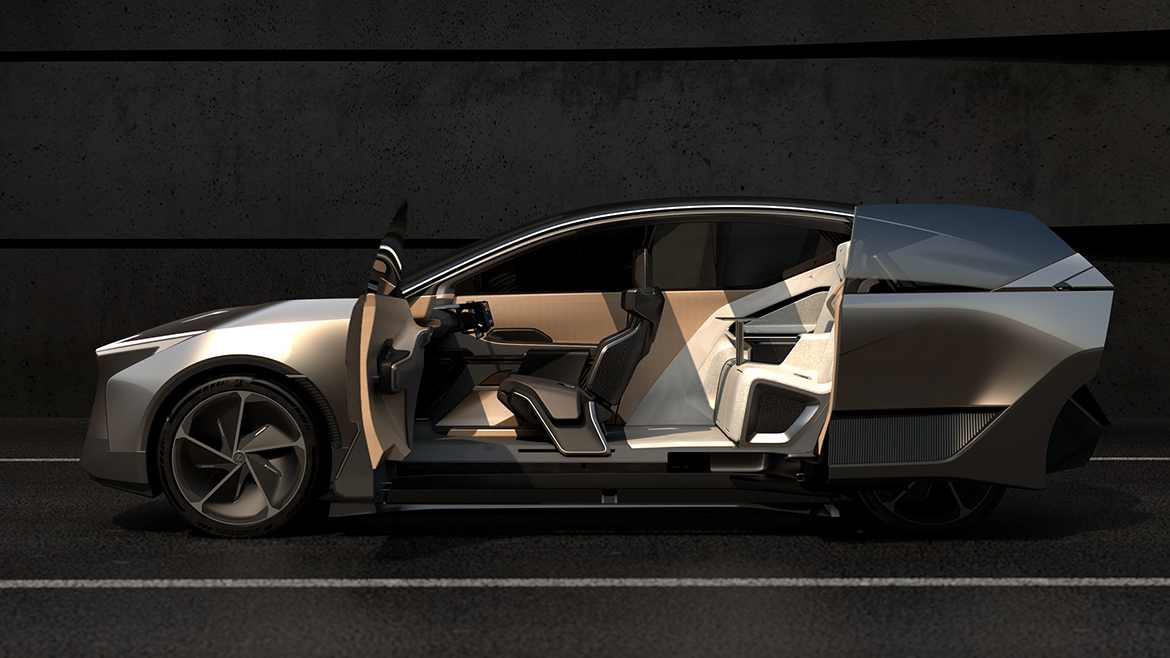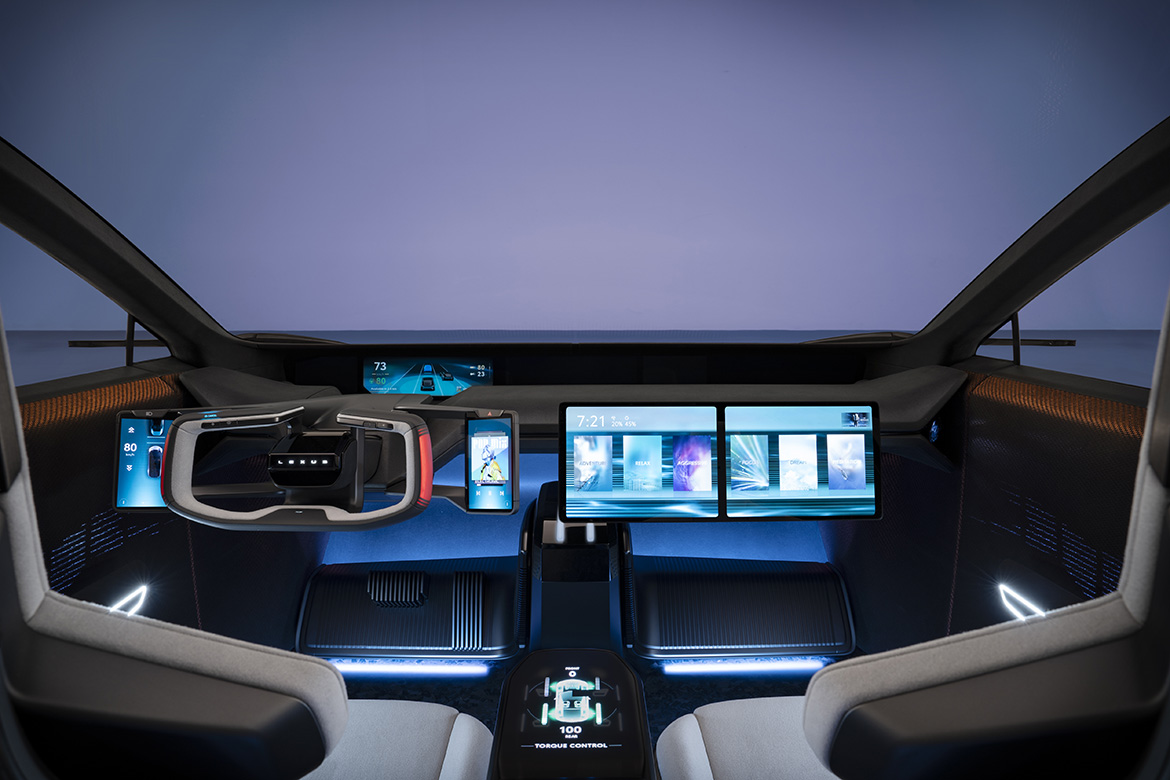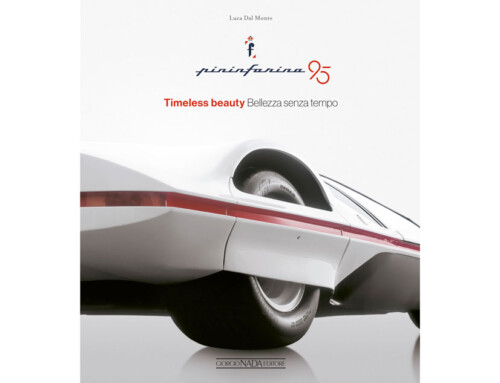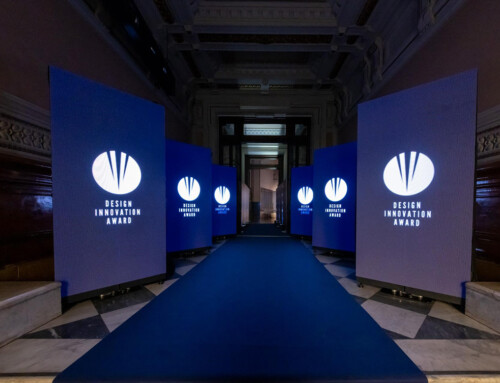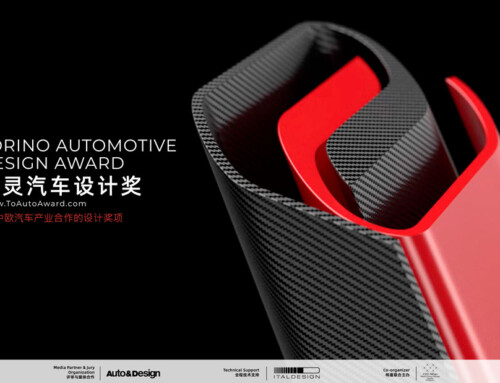Lexus has set out its strategy for a new generation of electric vehicles, applying design principles and new technologies that will change the future of its cars. At the annual Kenshiki forum in Brussels, the Japanese premium manufacturer provided a deeper insight into its roadmap to become a 100% battery electric vehicle brand globally by 2035, and even earlier in Europe, by 2030 if market conditions permit.
The Lexus LF-ZC and LF-ZL concepts, already seen at the Tokyo Motor Show, demonstrate how Lexus intends to maximise the potential offered by electrification and innovative technologies to deliver new mobility experiences. The LF-ZC (Lexus Future Zero-emission Catalyst) anticipates a new sedan scheduled for launch in 2026. It brings together the know-how from Lexus’ experience in electrification, with elegant proportions, a low centre of gravity, a spacious cabin and a design that combines functionality with pleasing aesthetics. The LF-ZL (Lexus Future Zero-emission Luxury) is a study for a high-end battery electric SUV that enables a seamless connection between people, mobility and society. The driving experience can be adapted to the preferences of each individual user and interaction with the vehicle will reach a higher level, with the car making personalised suggestions based on the driver’s style and habits. The use of bamboo as a specific material for the passenger compartment refers to Japanese tradition, but also reflects a sustainable approach: the industrial use of this fast-growing plant is essential to avoid overdevelopment and protect nature.
Both concepts combine functionality and beauty with a new design theme of ‘provocative simplicity’. This evolves the Lexus identity, using refined and simple design to create a striking presence. Intelligent, fully digital cockpits allow the driver quick access to controls in an enveloping environment. The central element is the steering controller that utilises Lexus’ exclusive One Motion Grip technology. Functions are brought together on small digital screens on either side of the driver. Operational controls such as the gearbox, safety and driver assistance systems (ADAS) and driving mode selection are located on the left pad, while comfort functions such as audio, climate control and AI functions are grouped on the right. The concepts also feature digital wing and side mirrors and a large monitor on the front passenger side to access entertainment and mobility apps.


